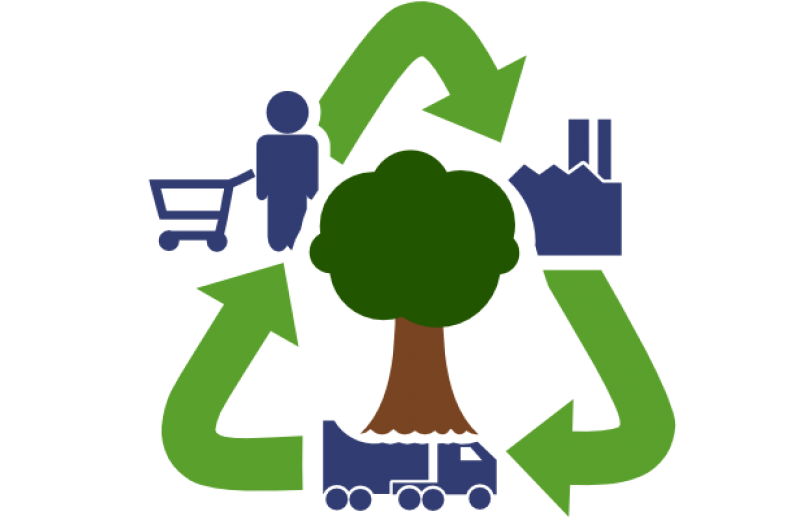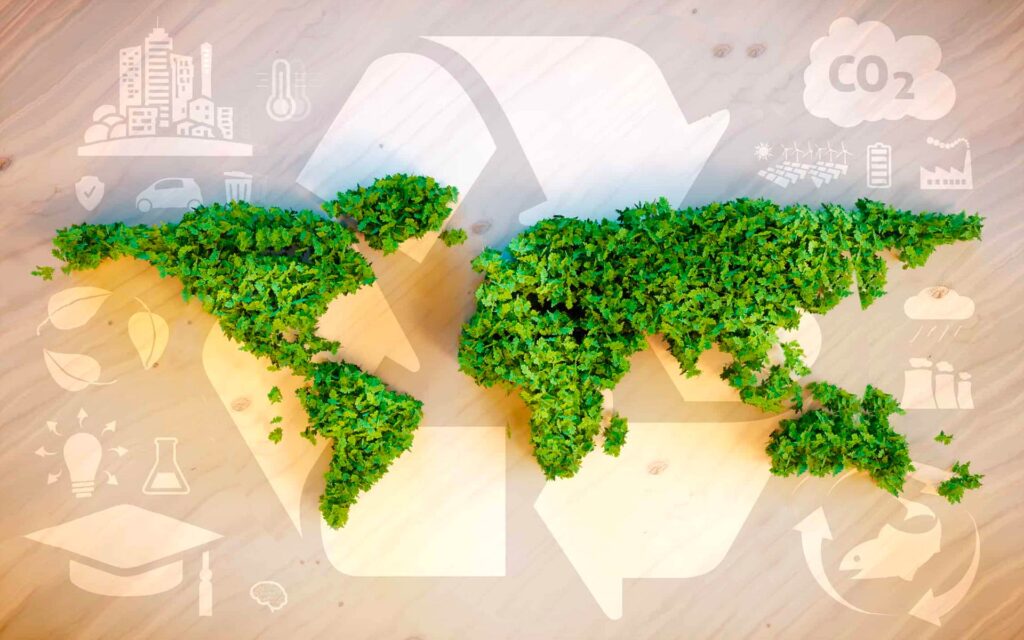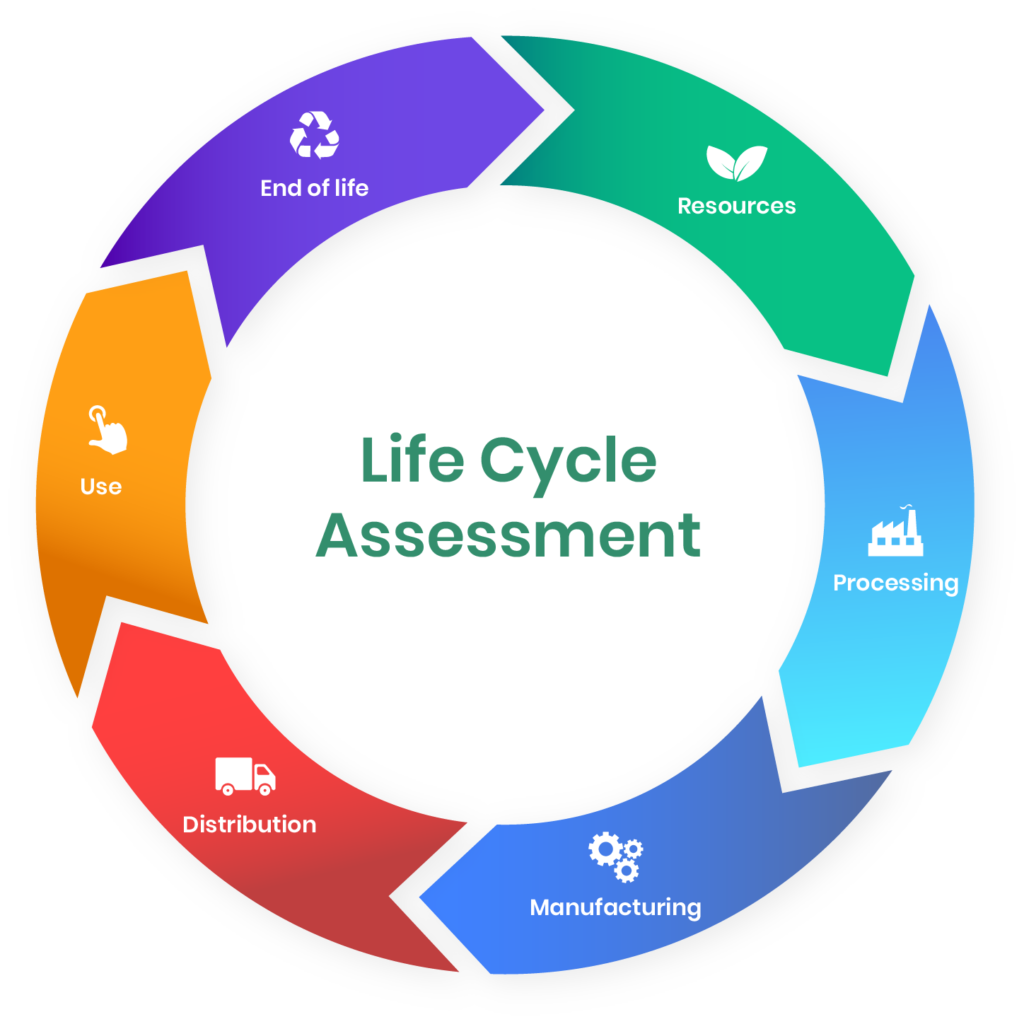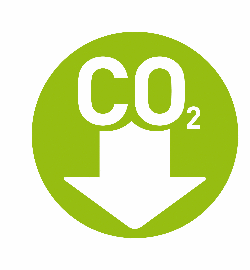People use energy for variety of purposes, including transportation, cooking, heating and cooling rooms, manufacturing, lighting, and entertainment. People’s choices about how they use energy, such as turning off machines when they’re not in use or purchasing fuel-efficient automobiles and appliances, have an impact on the environment and people’s lives. Because energy production often results in pollution and greenhouse gas emissions, increasing the energy efficiency of some technologies has the potential to drastically cut energy consumption and, as a result, reduce energy sector emissions.

Energy efficiency is frequently described as win-win situation: by reducing the quantity of energy utilized, efficiency measures can minimize energy consumption (and, as result, energy-related consequences), while also customers’ money. Energy-efficient programs may be more expensive up front, but they frequently save energy customers money in the long run.
Alternative fuels will eventually take the place of raw materials like coal as a result of energy efficiency. This will help reduce the use of virgin materials and hence lower GHG emissions.
Is your company considering a circular economy project?
Contact us toll free : 1 833-280-2828




